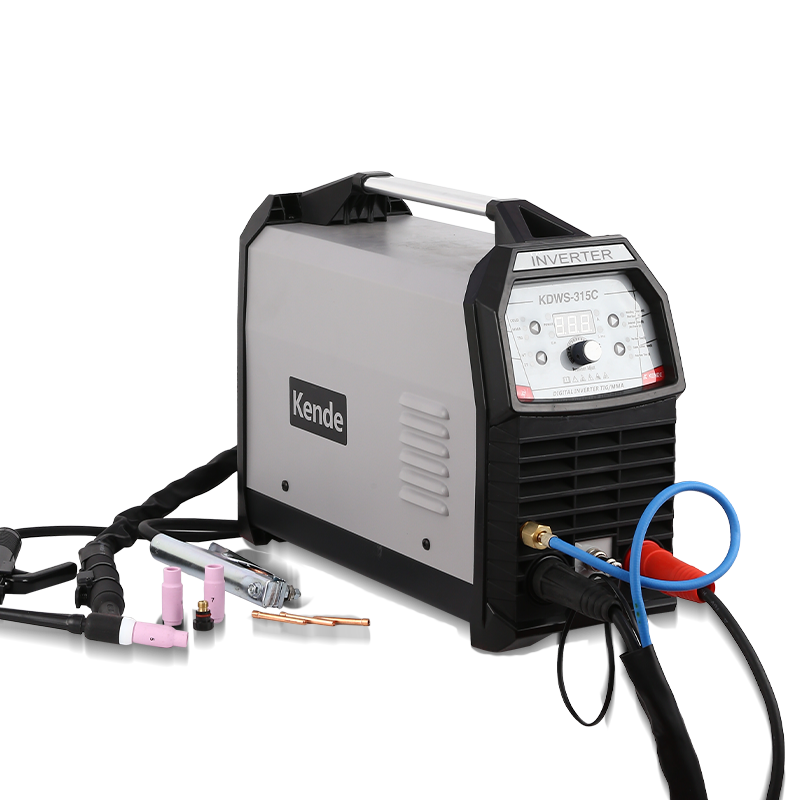Welding is a craft that marries science with artistry, turning raw materials into intricate and functional structures. Among the various welding techniques, Tungsten Inert Gas (TIG) welding holds a special place, especially when it comes to aluminum. Aluminum TIG welding is a delicate and precise process that demands skill, finesse, and the right equipment.
The Aluminum Challenge
Aluminum, with its lightweight and corrosion-resistant properties, has found its way into numerous applications, from aerospace engineering to everyday consumer products. However, welding aluminum presents a unique set of challenges. It has a lower melting point compared to other metals and is highly conductive, making it susceptible to heat distortion and burn-through. This is where aluminum TIG welding shines.
The TIG Advantage
TIG welding is often regarded as the pinnacle of welding techniques, and for good reason. It offers unparalleled precision and control, making it an ideal choice for welding aluminum. The TIG process involves using a non-consumable tungsten electrode to create an electric arc that melts the base metal and filler rod. A shielding gas, usually argon, protects the molten metal from atmospheric contamination.
The Art of Filler Rod Manipulation
Aluminum TIG welding requires not only steady hands but also a keen understanding of filler rod manipulation. The filler rod must be added carefully to the molten pool to ensure proper fusion and strength. The welder must delicately balance the heat input and the rate of filler rod deposition to create uniform and sturdy welds. This level of control is where the artistry of aluminum TIG welding truly shines.
The Purity of Shielding Gas
The choice of shielding gas is crucial in aluminum TIG welding. Argon is the preferred gas due to its inert nature and ability to effectively protect the weld from contamination. The purity of the shielding gas plays a significant role in achieving clean and smooth welds. Impurities in the gas can lead to defects and compromise the integrity of the weld.
Equipment Excellence: The Aluminum TIG Welder
Central to the success of aluminum TIG welding is the aluminum TIG welder itself. These machines are designed with features that cater specifically to the challenges posed by aluminum. They often come equipped with advanced control options for adjusting heat input, pulse settings, and arc balance. These features allow welders to fine-tune their approach and adapt to the unique properties of aluminum.
The Role of Skill and Training
While the aluminum TIG welder provides the means, it's the skill and training of the welder that bring the process to life. Aluminum TIG welding demands a deep understanding of welding techniques, metallurgy, and the behavior of aluminum under heat. Welders must master the intricacies of electrode manipulation, filler rod feeding, and arc control to achieve flawless welds.
Precision in Aesthetics and Functionality
Aluminum TIG welding not only ensures structural integrity but also lends an aesthetic appeal to welded components. Clean, well-executed aluminum TIG welds exhibit smooth transitions, minimal spatter, and a distinctively refined appearance. This visual aspect is especially significant in industries where aesthetics and functionality go hand in hand.

 2023.08.11
2023.08.11
 Industry News
Industry News
